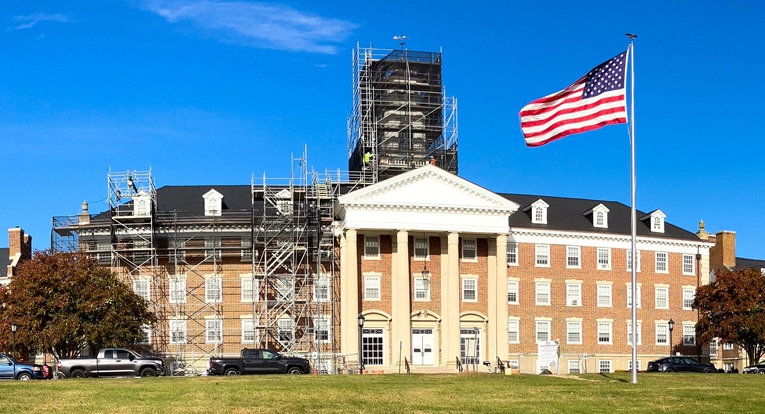Para leer este articulo en español, haga clic aqui.
Its backers say that the Superconducting Magnetic Levitation (maglev) high-speed train proposal will ease traffic congestion in the region and provide jobs, and introduce a new, cutting edge technology to improve transportation in the Baltimore-Washington and ultimately Northeast region. Its opponents counter that it will do little to improve traffic for most commuters, will have adverse effects on the environment and will be an expenditure of billions of dollars better used to repair and improve existing roads and public transportation systems. The controversial maglev project reached a milestone last Thursday in the publication of the Final Alternatives Report, available at bwmaglev.info/index.php/projectdocuments/reports.
The report looks closely at the two route alternatives (along with the no-build alternative) and also refines and narrows options for where the three maglev stations, in Washington, Baltimore and at BWI, will be located.
According to the report, the purpose of the maglev project is to “evaluate, and ultimately construct and operate a safe, revenue-producing, high-speed ground transportation system that achieves the optimum operating speed of the SCMaglev technology to significantly reduce travel time in order to help meet the capacity and ridership needs of the Baltimore-Washington region.” The Alternatives Report’s purpose is to document the ongoing process of developing and refining alternatives and also evaluating the environmental impact of the two potential routes along the Baltimore-Washington Parkway. These two options are known as Alternative J, which would run along the west side of the parkway, and Alternative J-1, which would run along the east side. The report also considers if the two build alternatives are “reasonable and feasible for further evaluation in the Draft Environmental Impact Statement,” which is scheduled to be released early in 2019.
For more on this story, click here.



